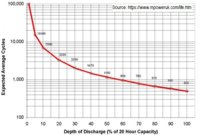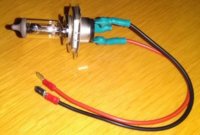There's a guide PDF file within this link, with an explanation as to why the Ablemail functions in this way @t0mb0 . Interesting info, if it's your kind of thing.
EURO 5 and EURO 6 battery charger selection and smart alternator operation explanation | 0161 745 7697
Oh yeah, that’s interesting. Once the starter is above 80%, the ablemail relies on regenerative braking spikes to start up a 3 minute cycle of charging. Probably ok unless you’re on consistently clear roads. The three minute timeout also explains why it can run for a while after the ignition is off. Using an actual ignition trigger would be less hit and miss though, but to use that sense line in that way means you’d presumably have to lower the voltage threshold because the ignition feed wouldn’t hit the alternator high voltage consistently.



